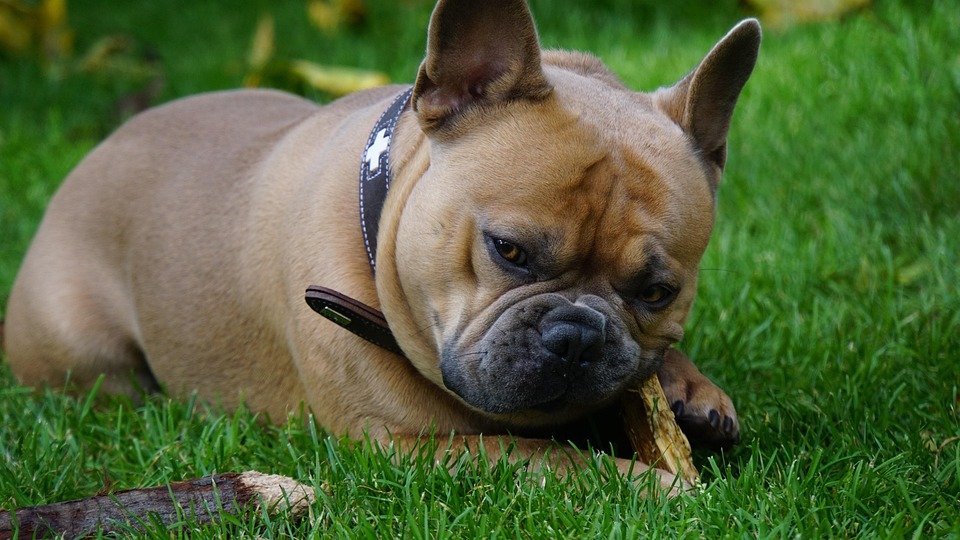What is the best focal length for dental photography
Okay, so I’m a dentist trying to improve my clinical photography. I need to take good photos for treatment planning, documentation, and maybe even some case presentations later on. I’m specifically struggling with deciding what focal length lens I should be using.
I understand that macro lenses are generally recommended, but there’s so much variation! I’m seeing anything from 60mm to 105mm and even some recommendations for longer. I’m working in a fairly small operatory, so maneuverability is a consideration.
My main concerns are:
- Image distortion: I want accurate representations of the teeth, so minimal distortion is important.
- Working distance: I don’t want to be too close to the patient’s face, but I also need enough detail. My camera body is a Canon EOS R.
- Sharpness: Obviously, sharp images are key.
- Ease of Use: Which is easier to handle, particularly with intraoral mirrors?
What focal length will give me the best balance of these factors for general dental photography, specifically for intraoral and extraoral shots? And, why is that focal length considered ideal? Thanks!
Answer
The "best" focal length for dental photography isn’t a single, definitive number. It depends heavily on the specific subject, the desired level of detail, the working distance available, and the overall photographic goal. However, some focal lengths are far more commonly used and recommended than others within the dental field. Here’s a detailed breakdown:
Commonly Recommended Focal Lengths:
-
85mm – 105mm Macro Lenses: This range is generally considered the sweet spot for intraoral dental photography, especially for capturing images of individual teeth or small groups of teeth. Macro lenses in this range offer several advantages:
- Optimal Magnification: Macro lenses are designed for close-up work, providing a 1:1 reproduction ratio (or sometimes even higher), meaning the image projected onto the sensor is the same size as the actual object. This allows for capturing fine details like enamel cracks, marginal adaptation of restorations, and subtle color variations.
- Working Distance: These focal lengths allow for a comfortable working distance between the lens and the patient’s mouth. This is crucial for patient comfort, maneuverability within the oral cavity, and minimizing distortion. It provides sufficient space for lighting, mirrors, and retractors.
- Background Blur (Bokeh): These focal lengths, especially when used with wider apertures (lower f-numbers), can create a shallow depth of field, blurring the background and drawing attention to the primary subject (e.g., the tooth being photographed).
- Reduced Distortion: Compared to shorter focal lengths, these lenses exhibit less perspective distortion, which is important for accurately representing the shapes and sizes of teeth.
-
50mm Macro Lens: A 50mm macro lens is a viable option and can be a good starting point, especially if budget is a concern. However, it requires the photographer to get closer to the patient, which can be less comfortable for both parties. It may also be more challenging to position lighting effectively. The shorter working distance can make it more difficult to use mirrors and retractors effectively.
- 60mm Macro Lens: Similar to the 50mm, a 60mm Macro lens sits in the middle. Slightly less working space than an 85mm or higher, but a suitable focal length for general use.
Focal Lengths to Avoid:
- Wide-Angle Lenses (e.g., 18mm-35mm): These lenses are generally unsuitable for intraoral photography due to their extreme perspective distortion. They can make teeth appear unnaturally large or small and can distort the overall shape of the dental arch. While they might be useful for capturing the entire face and smile in an extraoral shot, they are almost never used intraorally.
- Telephoto Lenses (e.g., 200mm+): While these lenses offer excellent magnification from a distance, the extreme working distance they require makes them impractical for intraoral work. They would require excessive space and would be difficult to maneuver within the confined space of a dental operatory. Furthermore, the extreme compression of perspective can make intraoral structures appear unnaturally flattened.
Considerations Beyond Focal Length:
- Sensor Size (Crop Factor): The sensor size of the camera affects the effective focal length. On a crop-sensor camera (APS-C), the focal length is multiplied by the crop factor (typically 1.5x or 1.6x). For example, an 85mm lens on a 1.6x crop-sensor camera will have an effective focal length of 136mm. This needs to be taken into account when selecting a lens.
- Lighting: Proper lighting is critical for dental photography. Ring flashes, twin flashes, and diffused light sources are commonly used to provide even illumination and minimize shadows. The choice of lighting can influence the optimal working distance and, therefore, the preferred focal length.
- Aperture: The aperture (f-number) controls the depth of field. For dental photography, it’s often necessary to use a smaller aperture (higher f-number) to ensure that the entire tooth or area of interest is in focus. However, smaller apertures require more light and can increase diffraction, which can reduce image sharpness. The optimal aperture will depend on the specific subject and the desired level of detail.
- Stabilization: Image stabilization (IS) or vibration reduction (VR) is helpful, especially when shooting handheld, as it can help to minimize blurring caused by camera shake. This is particularly important when using longer focal lengths or smaller apertures.
Specific Applications:
- General Intraoral Photography: 85mm-105mm macro is the most versatile.
- Close-up Details (e.g., marginal adaptation): 100mm+ macro lenses may be preferred, although they require very stable conditions.
- Full-Arch Views: Depending on the desired level of detail, 50mm-85mm may be acceptable, but you may need to stitch multiple images together. Careful attention to perspective distortion is crucial.
- Extraoral Portraits: 50mm-85mm lenses are suitable.
In summary, while an 85mm-105mm macro lens is generally considered the most versatile and commonly recommended focal length range for dental photography, the specific "best" focal length will depend on the individual photographer’s needs, preferences, and the specific photographic goals.

Post Comment